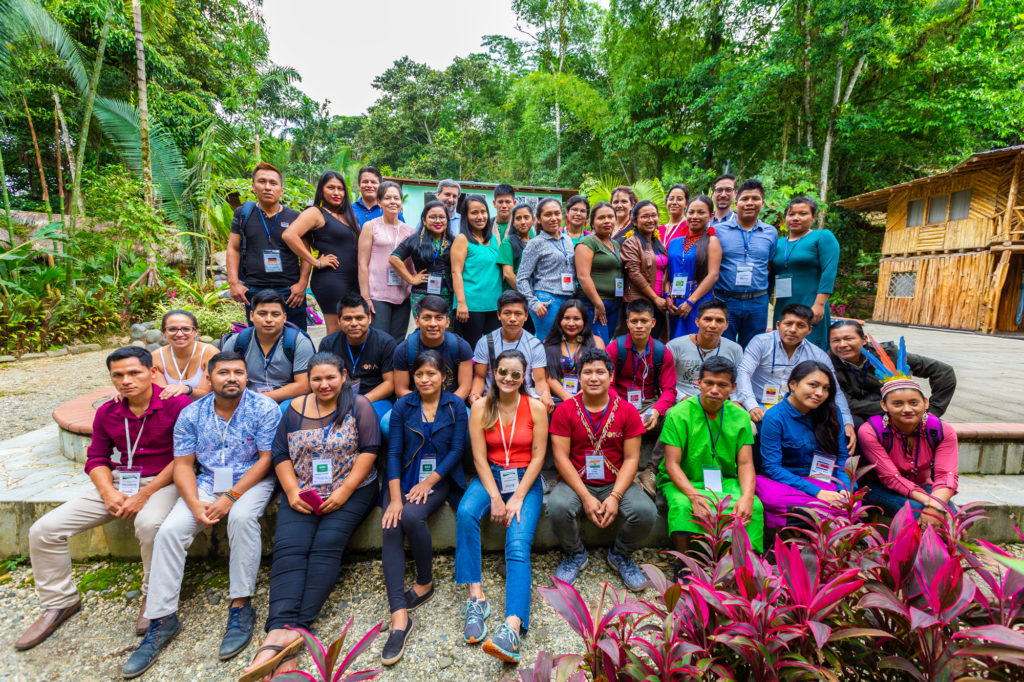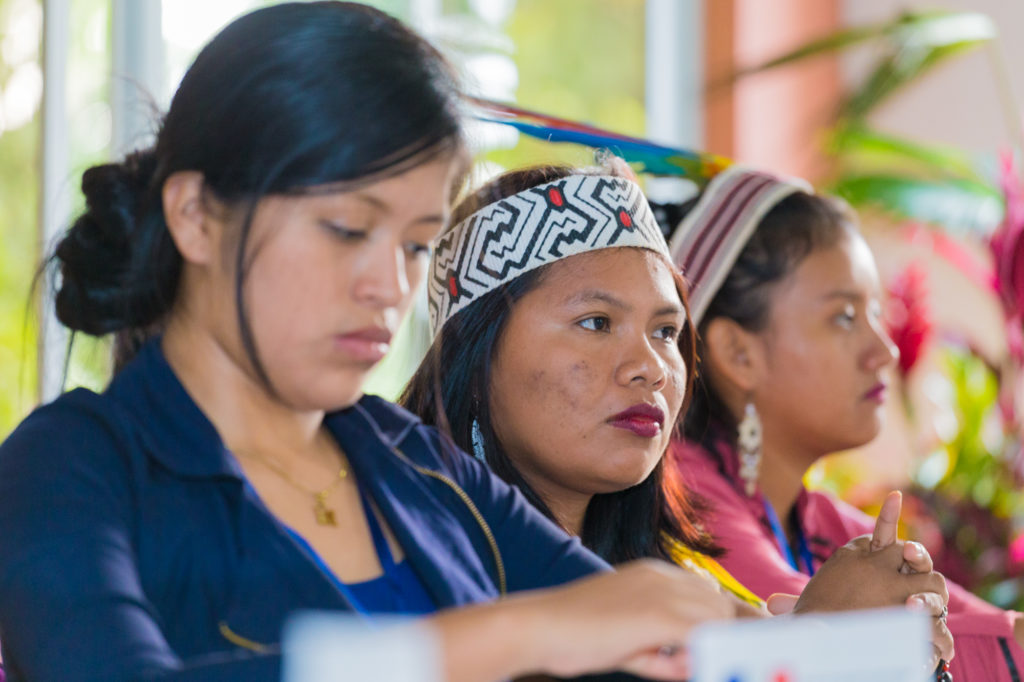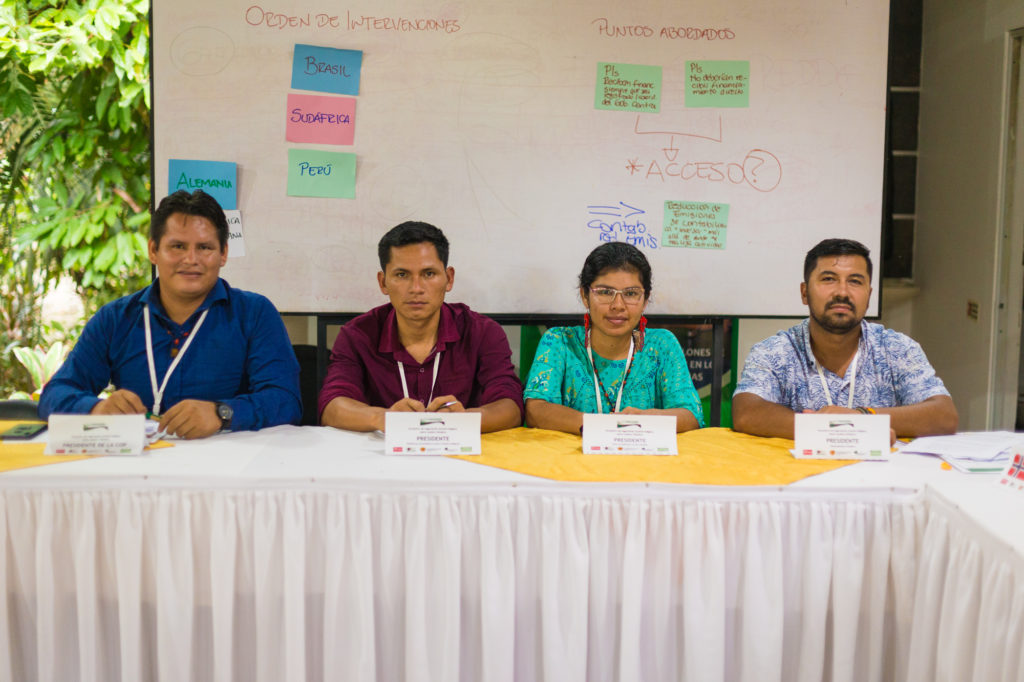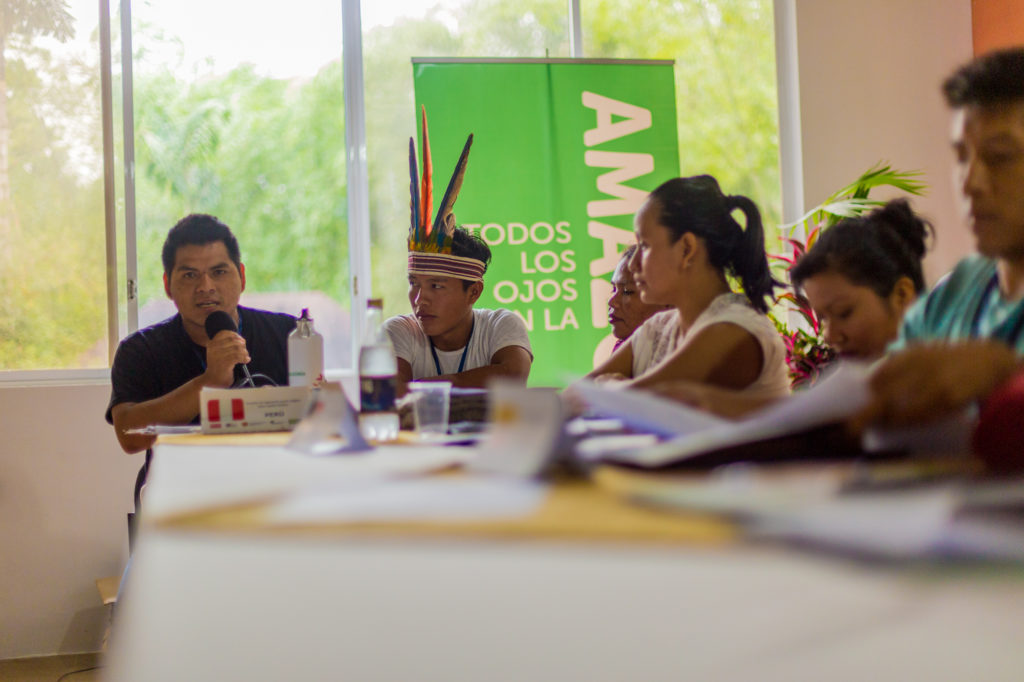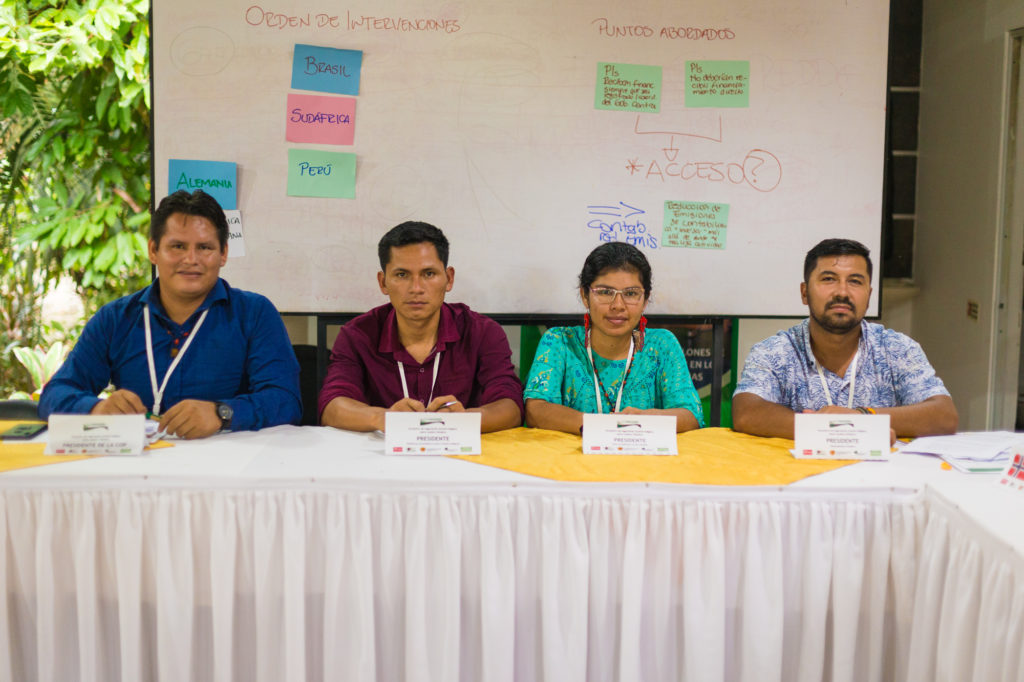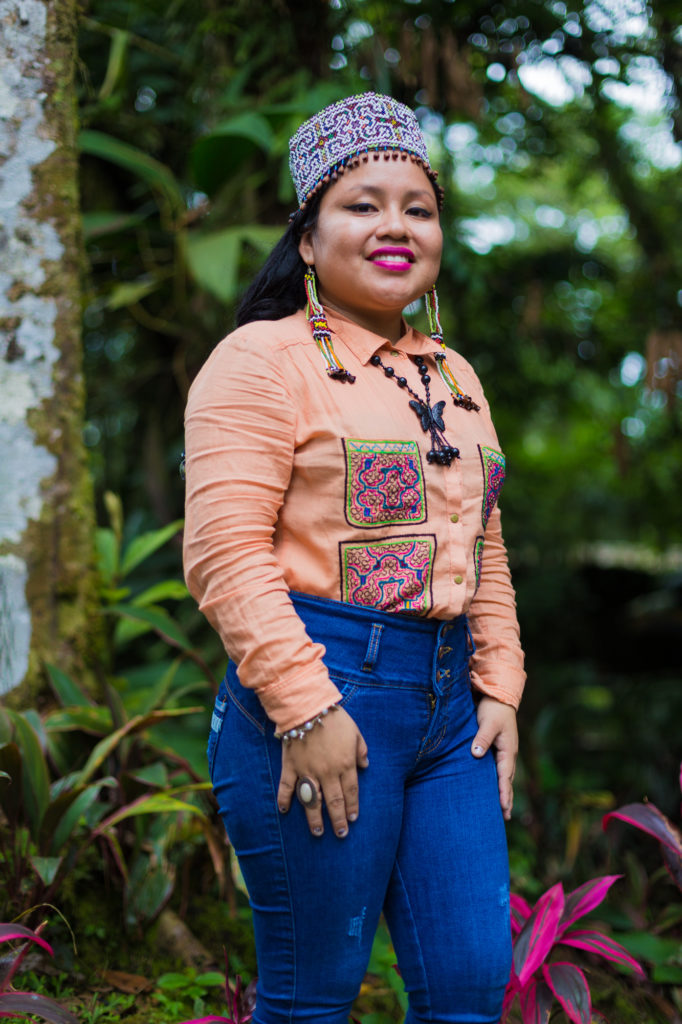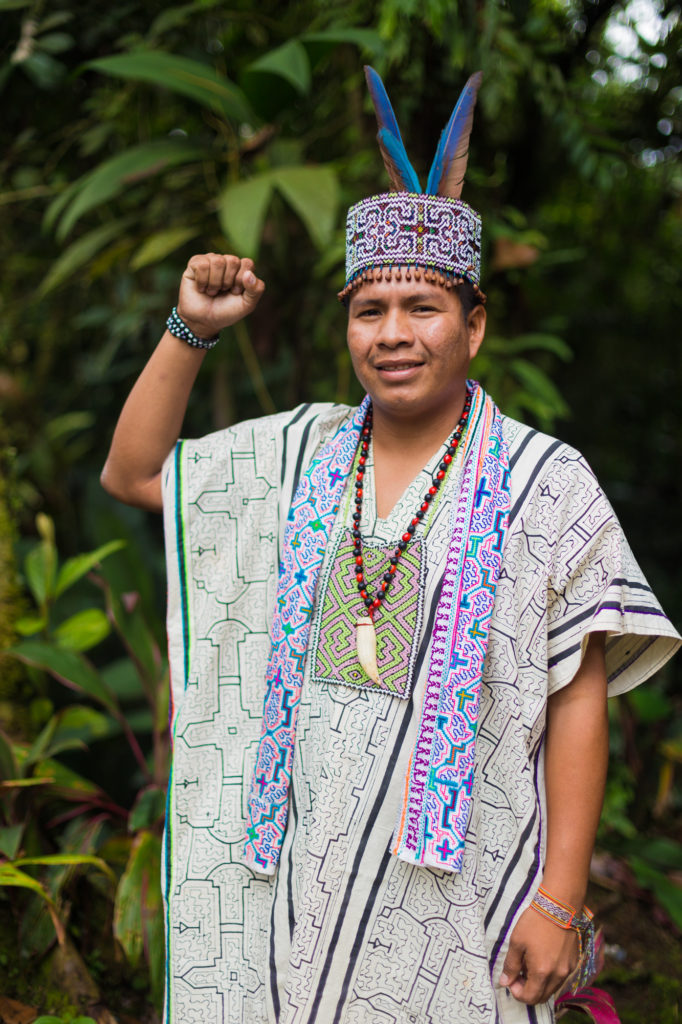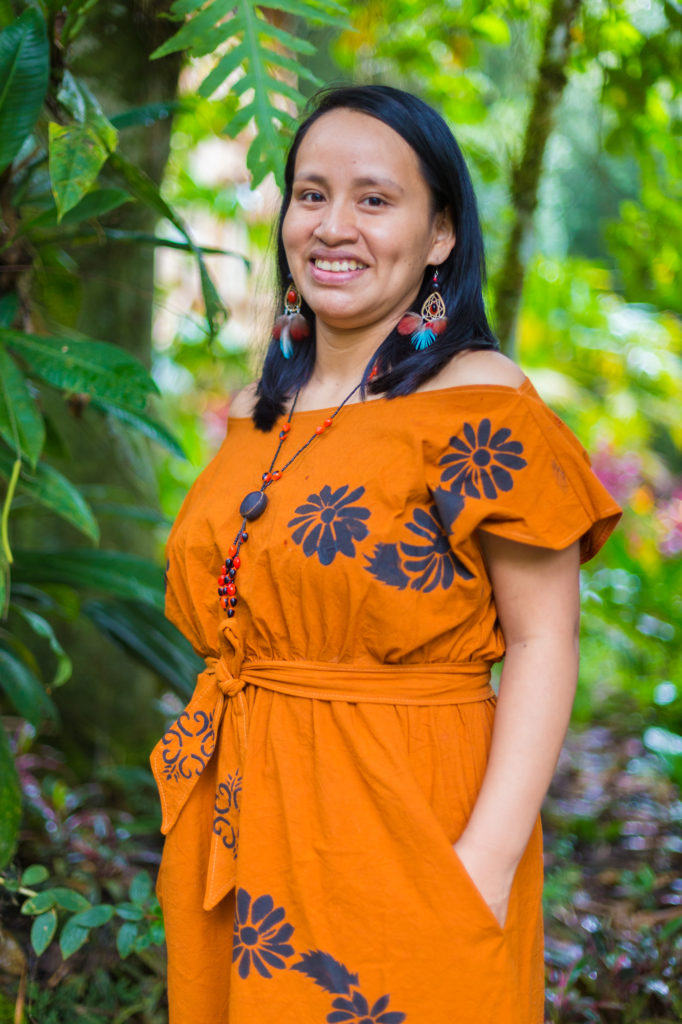By: Nora Sánchez
Oil extraction, monoculture, illegal hunting, mining, logging … These are some of the threats with which the indigenous youth of the Amazon grow up. With increasing frequency and power, the political and economic interests of countries and companies are put over the inhabitants of the forests, communal reserves and indigenous territories, causing deforestation, degradation and violation of their individual and collective rights.
What can be done?
Beyond the necessary changes to the social economic system, it is essential to empower the inhabitants of the territories; Indigenous men and women who have protected their territories against past and present threats, with the resources at their disposal.
It is important that Indigenous peoples be duly represented in the global conversation about climate change, nature protection and the role of Indigenous peoples. With that purpose in mind, under the initiative of Hivos, COICA and the Universidad Andina Simón Bolívar and with the support of the Swedish Lottery, the Gender-Sensitive Young Leadership program for Indigenous youth was created; a program to train young Indigenous leaders through a custom-made program, with the aim of strengthening the facilitation skills of Indigenous youth, so that they are able to address the conflicts that affect their communities, profiling themselves as future environmental and social defenders.
Currently, 37 young indigenous people, representatives of different regions and nationalities of the Ecuadorian and Peruvian Amazon, are part of the program, a blended course with a duration of 12 months with seven modules: Development, equity and sustainability; GIS and cartography; Biodiversity; Climate Change; Oil and Mining; Legal framework and rights; Negotiation; and gender as a cross-cutting issue.

Learning to negotiate
During February of this year, the students of both countries met in Ecuador for the second and last face-to-face session of the program, fulfilling a very ambitious, ten-day academic agenda.
The students began this meeting at the Universidad Andina Simón Bolívar with one of the course modules. Later, they traveled to Puyo, in the province of Pastaza in the Ecuadorian Amazon, where they participated in the workshop “Leadership for Indigenous governance, full life planning and territorial monitoring” organized by COICA, followed by the workshop “Indigenous negotiation meeting on climate change”, organized by Hivos.
The latter was a simulation of the United Nations Conference on Climate Change, allowing students to know first hand how negotiations and agreements between countries are carried out at an international level. The students were organized in pairs, representing on the one hand the government and on the other the Indigenous peoples of a country. These pairs were divided into 3 commissions: “Climate financing”, “Platform of Local Communities and Indigenous Peoples” and “Level of ambition and climate action”, in which questions were raised that forced delegations to investigate the different positions of countries in aspects such as countries’ responsibility, carbon emissions, the green fund, and natural reserve management.
“This experience has helped me and our communities a lot”
Jhomar Maynas
For two days, the students struggled to assume the role of the governments, which rarely defend the interests of local communities and Indigenous peoples in the decision-making platforms. “It was not easy!”, was the reflection of most of them, “our Indigenous heart always pulls”, they commented. Even so, they recognized that it was a valuable experience that taught them where and how decisions are made and why it is so important to have Indigenous voices in these processes.
“This experience has helped me and our communities a lot,” said Jhomar Maynas, delegate awarded for his representation of Brazil during the exercise. Nicolás Vargas, mentioned that “it is very important to bring this knowledge to our communities” and promised to make a replica of it back home.
I invite young people to aim big, we have great challenges as young people to continue strengthening our communities internationally
Yulissa Trigoso
The simulation resulted in the “Puyo Agreement”, a reflection of the ideas and proposals that the Indigenous youth has to respond to the effects of climate change and strengthen the efforts to protect the nature and rights of communities local and indigenous peoples.
New ideas, greater knowledge and unity
“I invite young people to aim big, we have great challenges as young people to continue strengthening our communities internationally,” concludes Yulissa Trigoso during the closing session, in which the participants, along with the team of Hivos and COICA reflected on the importance of spaces like these. After 10 days of hard work, these young Indigenous representatives of 16 different nationalities and peoples returned home to their communities, with new ideas, greater knowledge, and feelings of unity and fellowship among Indigenous young people to work together for their goals.

